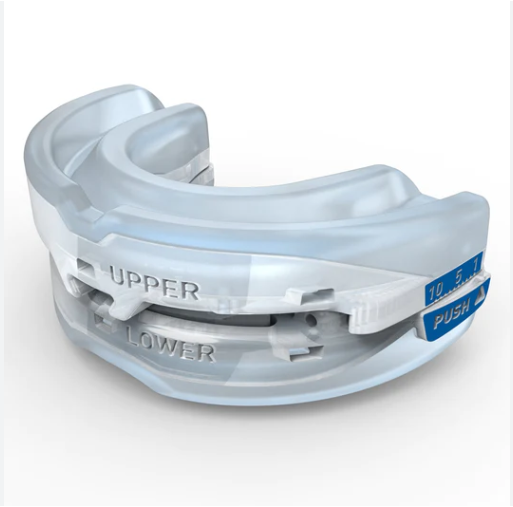CPAP alternatives
Do keep in mind insurance most likely will not pay for these, and your Dr needs to do a lot of paperwork for insurance to pay.
Mandibular Advancement Devices (MAD):
Oral appliances that reposition the lower jaw and tongue to keep the airway open. These are designed to be worn in the mouth during sleep.
Positional Therapy:
Encourages sleeping in a specific position (usually on one's side) to reduce the likelihood of airway obstruction. Devices like positional pillows or alarms can help promote this.
Lifestyle Changes:
Weight loss, regular exercise, and avoiding alcohol and sedatives before bedtime can sometimes improve sleep apnea symptoms, especially in cases where excess weight is a contributing factor.
Surgery:
Surgical options may be considered in certain cases, such as uvulopalatopharyngoplasty (UPPP), genioglossus advancement (GA), or maxillomandibular advancement (MMA). These procedures aim to address physical obstructions in the airway.
Inspire Therapy:
A surgically implanted device that stimulates the hypoglossal nerve to prevent airway collapse during sleep. It's suitable for certain individuals with moderate to severe OSA.
Provent Therapy:
Small, disposable devices that attach to the nostrils and use the user's own breathing to create pressure, keeping the airway open.
Hypoglossal Nerve Stimulation:
Involves implanting a device that stimulates the hypoglossal nerve to prevent the tongue from collapsing into the airway during sleep.
